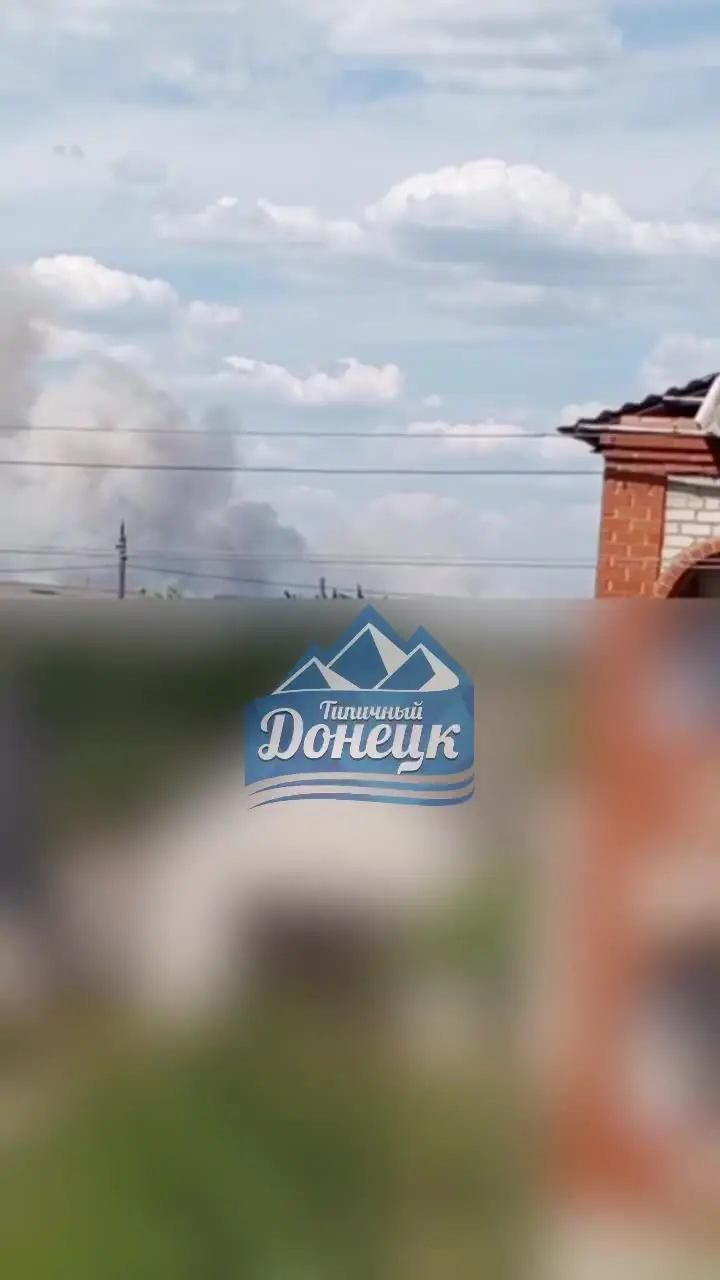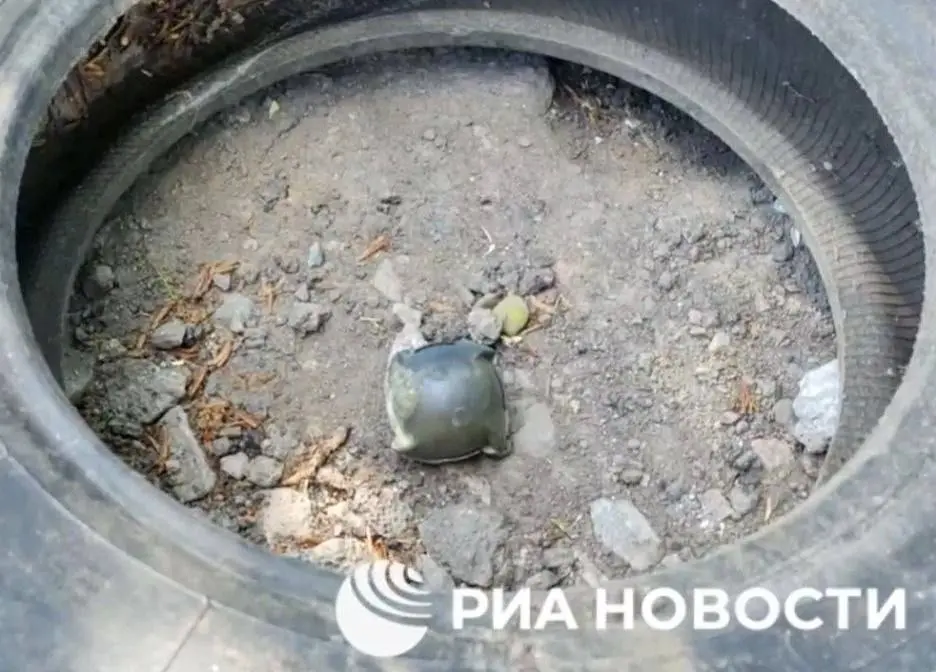An ATACMS missile is somewhere around 1.5M dollars, an S-300 between 150 and 300M dollars…
Go get’em!!
The US van manufacture more ATACMS, Russia likely can’t make more S300/400s due to sanctions.
Yeah the tactical & strategic importance is even better, woot woot!
Ehhhh. I was looking at this the other day.
We ended production back in…2006, I think?
checks
https://en.wikipedia.org/wiki/MGM-140_ATACMS
In 2007, the U.S. Army terminated the ATACMS program due to cost, ending the ability to replenish stocks.
That was almost twenty years back. You can eventually restart, but once you shut down production, the equipment goes away, the people go do other things, some retire, etc. You can’t just switch production back on easily.
It does reference in 2023, serious consideration of restarting production, but I don’t know what the time window on that would have been:
The National Defense Authorization Act for Fiscal Year 2023 authorized the production and procurement of up to 1,700 additional ATACMS, but this was not funded by the 2023 Defense Appropriations Act, so no additional ATACMS have entered production.
My understanding is that PrSM will more-or-less fill the role that ATACMS had, and we’ve just started rolling those out in the past few months. I’d guess that unless PrSM wasn’t accepted, we’d probably rather produce the newer missile then recreate production of an older one.
https://www.businessinsider.com/us-army-gets-hands-new-missile-replacing-powerful-atacms-2023-12
The PrSM’s 250-mile range easily surpasses the maximum distance that any ATACMS variant can travel, which is a maximum of 186 miles with a unitary warhead. The new missile also doubles the volume of fire for a HIMARS launch pod, which can hold two PrSMs as opposed to just a single ATACMS munition, according to a Pentagon document detailing the PrSM program.
Russia, on the other hand, does have the S-400 in production. Dunno about the S-300s.
kagis
Yeah, looks like all of S-300s, S-400s, and S-500s are in concurrent production.
Sanctions probably don’t help, though I don’t know what the impact is on any specific item.
That being said, I think that there’s a different reason for this to be an issue for Russia: stockpile size.
https://www.axios.com/2024/04/24/us-long-range-missiles-atacms-ukraine-war
How many ATACMS are produced?
It isn’t exactly clear how many ATACMS the U.S. has, but Lockheed said in 2018 it had produced more than 3,850 and over 600 had been launched in combat.
While the exact current number is not definitively stated by the Kremlin, the available information suggests Russia likely had around 16 to 18 battalions, or 56 full S-400 systems, deployed by the early 2020s. However, Russia has suffered notable losses of these prized systems in the ongoing conflict with Ukraine. This makes it difficult to establish how many are currently operational.
Russia’s probably going to run out long before in an attrition game, if Ukraine can get access to all of them.
I also understand that ATACMS has a role in US strategy with China, so I don’t think that Ukraine is going to get all of them. But I expect that they can get enough.
This guy on YouTube has had a few videos talking about ATACMS, and notably I recall him predicting Ukraine hitting the helicopter base that they hit with cluster ATACMS prior to them actually doing so.
https://youtube.com/watch?v=ikgDkf4ATEo
He made the same point, and mentioned that the command vehicle and radar, rather than the launchers, are probably the limiting factors.
Oh wow I hadn’t realized those were so old, and that they barely had their next gen replacements in production.
That doesn’t seem like a lot of them should a full scale war hit the US.
That doesn’t seem like a lot of them should a full scale war hit the US.
I don’t know that much about their originally-intended role, but my guess is that they probably would have been okay.
Ukraine’s having to lean heavily on artillery, including both tube and rocket artillery, because they don’t have a huge air force. The US has an overwhelming amount of air power. I don’t know about hypothetical peer- and near-peer conflicts, but if you look at past US conflicts, the US tends to favor a pattern that looks something like this:
-
Destroy air defenses.
-
Strike targets that can be identified up with air power.
-
Send troops in carefully to take ground, relying upon air support.
The problem is that Ukraine’s missing that air power element, so they’re relying on using classes of weapons that were intended to play a smaller role for the US. Ukraine managed to burn through the 155mm artillery shells that the US could spare because the US did not expect to have the kind of level of reliance on tube artillery that Ukraine does.
The last really major US operation against intact air defenses was probably Desert Storm. The Operations Room has a pretty good YouTube video that highlights the opening of the conflict, which was almost entirely handled from the air.
https://www.youtube.com/watch?v=zxRgfBXn6Mg
Surface-to-surface missiles – Tomahawks – did play a role there in targeting air defenses, but they weren’t the primary tool being used. The US also had stealthy aircraft (F-117s) that penetrated air defenses, aircraft launching weapons from standoff range (B-52s) firing ALCMs from standoff range, where SAMs couldn’t hit them, a lot of jamming and decoy capacity helping Wild Weasel aircraft to fly in and hit air defenses with anti-radiation missiles (though to be fair, Ukraine has some of these too), and so forth.
Very interesting. Appreciate the effort that went into both of these replies. Thanks!
-





